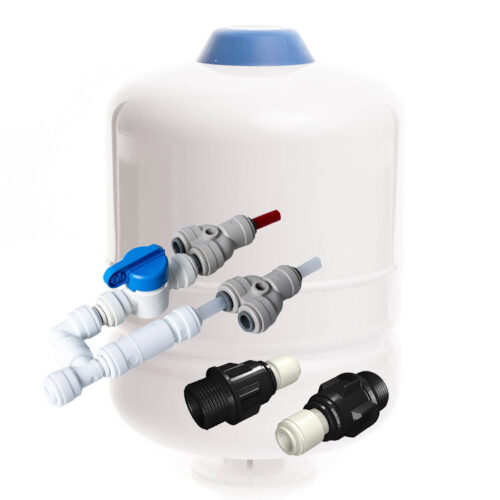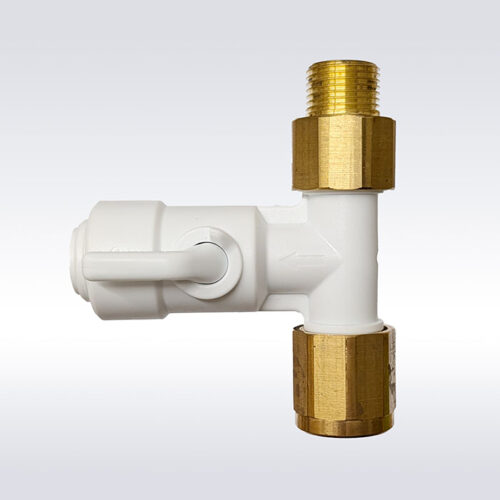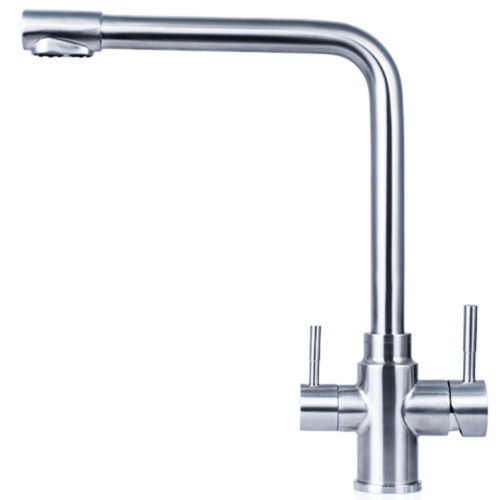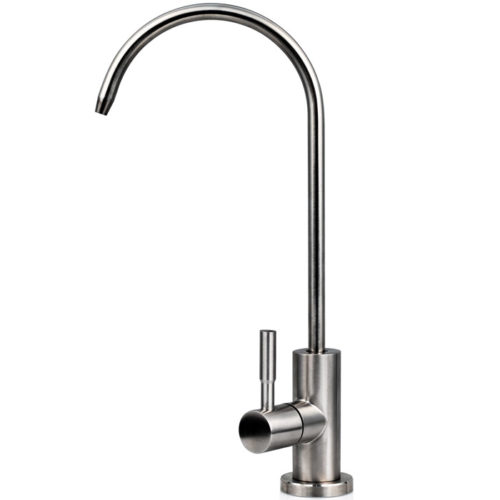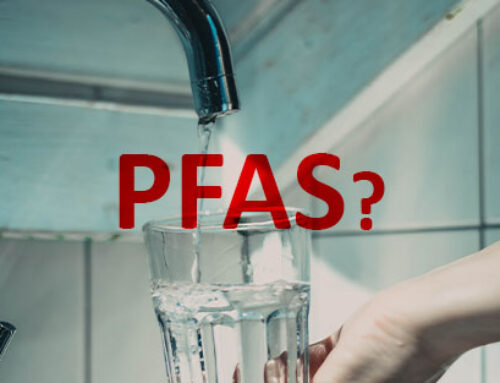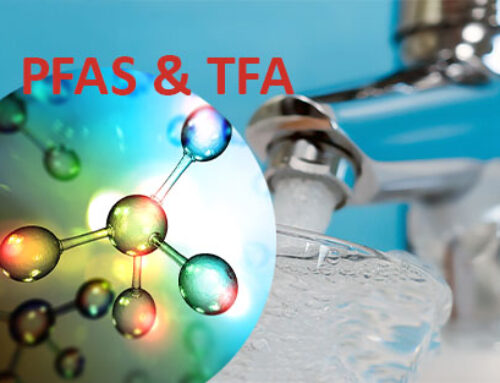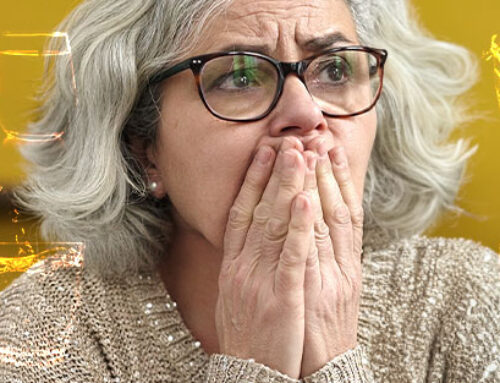Possible weak points in the drinking water installation at home
From the house connection, the house owner is responsible
Over the longest route – from extraction through treatment to the house connection – the water suppliers are responsible for the water quality. However, homeowners are responsible for the last few meters: From the house connection – i.e. from the pipe behind the water meter – they must ensure that nothing affects the water quality. We explain where possible weak points are in the drinking water installation at home and whether you can rely on the water supplier.
Kitchen faucets in the test which deliver good drinking water
The tap water in Germany is of high quality overall. However, it can be deficient due to outdated lines. And through the taps, as an analysis by Stiftung Warentest shows. Our drinking water is of top quality in many places. However, some of the 15 kitchen fittings in the test polluted the water with metals on the last meter. Five models are good. To answer this question, Stiftung Warentest tested the water from 15 chrome-plated high-pressure fittings over 16 weeks in the test laboratory for various metals and semi-metals, including lead, nickel and arsenic. Our water analyzes resulted in pollutant assessments ranging from good to poor – spread over big and small names, cheap and expensive models. Large differences were found particularly in the lead and nickel contents, some of which were above the limit values. Source Stiftung Warentest test.de kitchen fittings-in-the-test-which-supply-good-drinking-water-5771194-0
The Stiftung Warentest has tested fittings.
Two thirds of the taps for the kitchen give off too many pollutants into the drinking water, even after many weeks of use. Both cheap products and the more expensive models from brand manufacturers are affected. They emit the metals lead and nickel above the permitted limit values. After all: The values for arsenic, antimony and bismuth were entirely harmless, copper came “from none of the fittings to any significant extent”, says the magazine “test” … Source diepta.de
Stiftung Warentest: To drinking water – These faucets give off pollutants
Drinking water is sometimes in the tap for hours. How does this affect its quality? The Stiftung Warentest has tested the water from 15 kitchen fittings for pollutants. Taps for the kitchen often emit too many pollutants into the drinking water. In an analysis by Stiftung Warentest (“test” edition 8/2021), this was the case with two thirds of 15 kitchen fittings examined – with some even after many weeks of use. Kitchen faucets: Two products fail the test The testers gave it the grade “good” five times. Seven valves were “satisfactory” in terms of pollutants, one scored “sufficient”. Two were “poor” … Source t-online.de
These substances could get into drinking water
Fittings can release harmful substances into the water. Which these are depends on the material. Stiftung Warentest tested chrome-plated fittings, which are often made of brass. The following substances could get into the water: Copper: Copper is the main component of brass, a robust alloy that is used for fittings, but also for water pipes. In concentrations that are customary for drinking water, it is considered harmless, but higher amounts can cause gastrointestinal complaints. Lead: The odorless and tasteless heavy metal is added to brass. Because it damages the nervous system in the long term and can, for example, impair intelligence, strict limit values apply. Therefore, unborn babies, babies and children as well as pregnant women are particularly at risk … Source nwzonline.de stiftung-warentest

